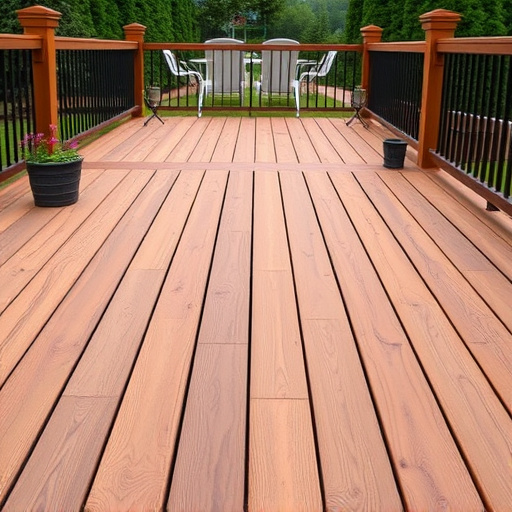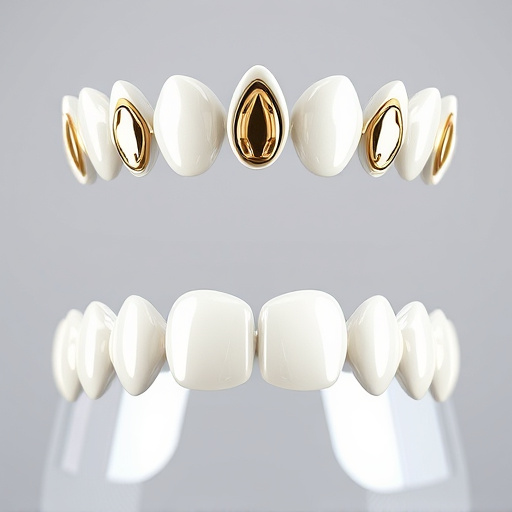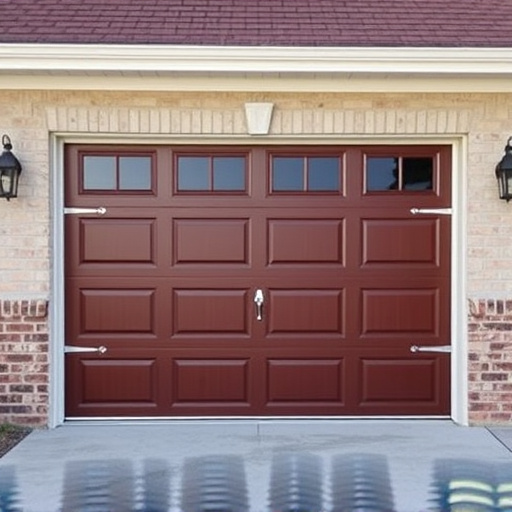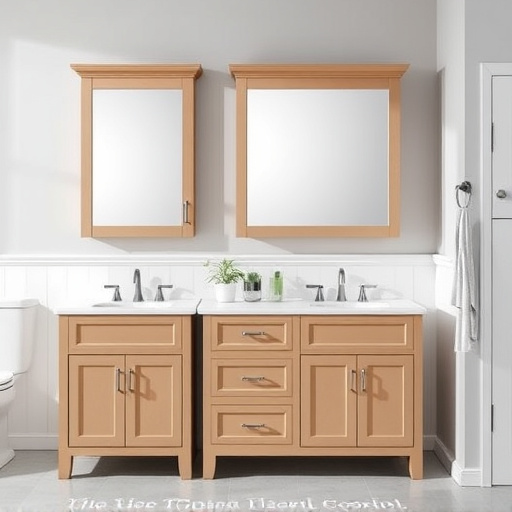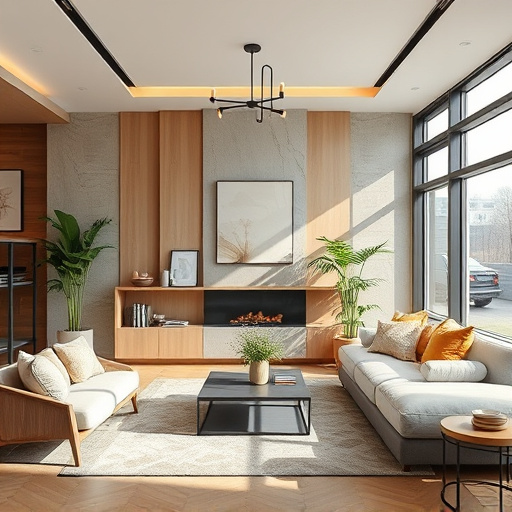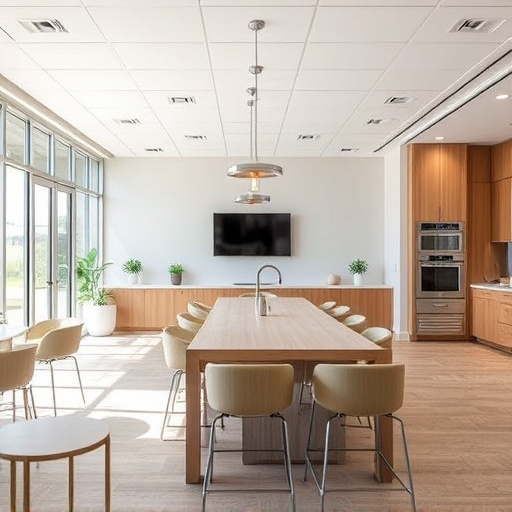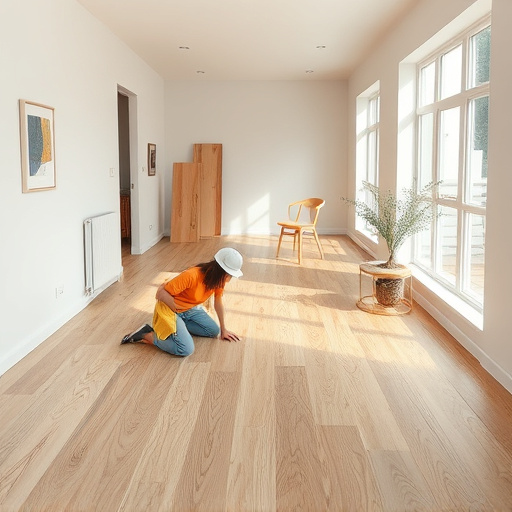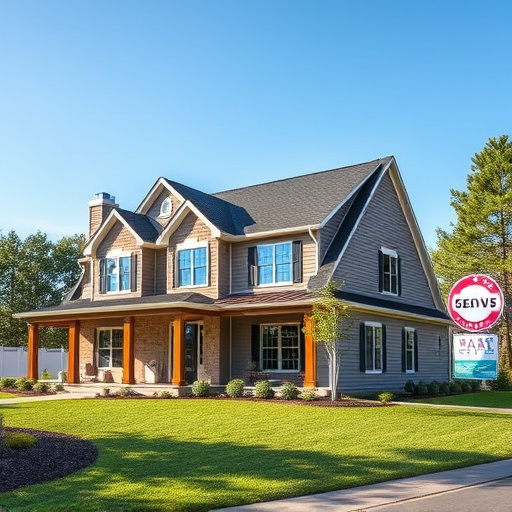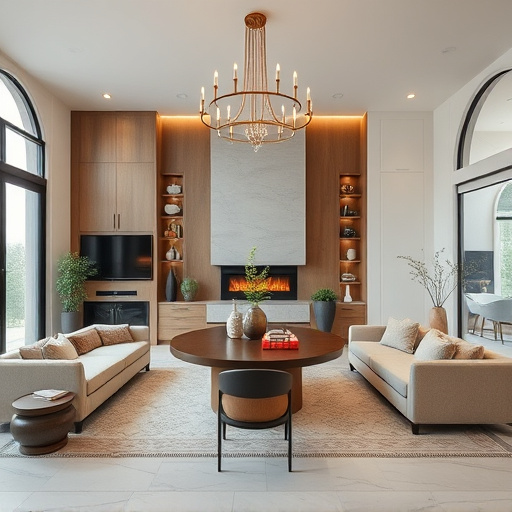Understanding color theory is essential in flooring design, enabling professionals to create aesthetically pleasing spaces that enhance interior and exterior aesthetics. By leveraging color schemes like monochromatic, analogous, or complementary combinations, designers can achieve mood, emotion, and harmony in rooms, transforming ordinary spaces into extraordinary ones. Key principles include contrasting warm and cool tones for energy vs. calmness, with applications in home remodeling and bathroom renovations to create focal points or soothing backdrops.
“Unleash the power of color in flooring design! Discover how color theory can transform your space, evoking specific moods and enhancing aesthetics. This comprehensive guide explores the fundamentals of color for flooring, delving into its psychological impact on perception. Learn how to apply color principles creatively, crafting stunning designs that elevate your interior. From understanding hue and tone to mastering visual harmony, this article equips you with insights to make informed choices, ensuring your flooring becomes a captivating focal point.”
- Understanding Color Theory Fundamentals for Flooring
- How Color Influences Mood and Perception in Spaces
- Applying Color Theory to Create Stylish Flooring Designs
Understanding Color Theory Fundamentals for Flooring
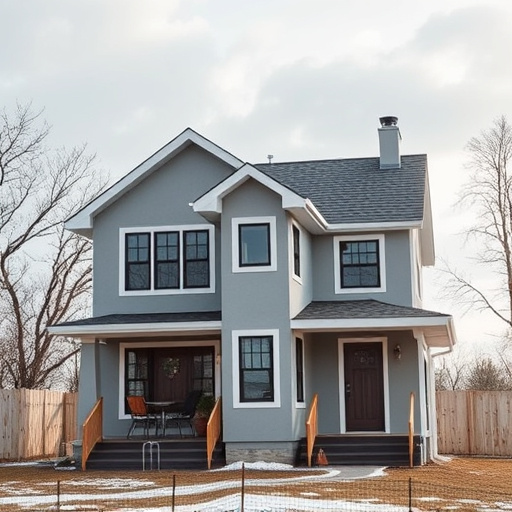
In the realm of flooring design, understanding color theory fundamentals is crucial for creating harmonious and visually appealing spaces. Color plays a significant role in setting the tone and atmosphere of any environment, from cozy living rooms to sleek bathroom renovations. Flooring, as a central element, should complement rather than overpower other design choices. Familiarizing oneself with concepts like hue, saturation, and value (HSV) is essential for making informed decisions when selecting flooring materials. For instance, lighter shades can make small spaces appear larger, while deeper tones add warmth and depth to larger areas, effectively enhancing the overall aesthetic of a bathroom remodel or any interior design project.
Color theory also delves into color schemes, such as monochromatic, analogous, or complementary combinations, each offering unique visual effects. Incorporating these principles in flooring design ensures that the chosen colors not only match but enhance the surrounding décor. For exterior painting or indoor transformations alike, a solid grasp of color theory enables designers and homeowners to create stunning, cohesive looks that elevate the beauty of living spaces.
How Color Influences Mood and Perception in Spaces
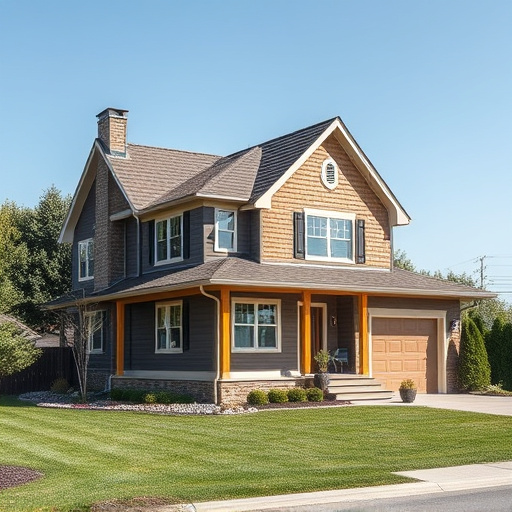
Color plays a pivotal role in shaping the mood and perception of any space, including flooring design. The theory behind this lies in how our brains interpret different hues, influencing our emotional states and senses. For instance, warm tones like red and orange can evoke feelings of energy and excitement, making them ideal for high-traffic areas or spaces where a vibrant atmosphere is desired. Conversely, cooler colors such as blue and green create a sense of calm and tranquility, suitable for bedrooms or relaxation zones. This psychological effect extends to flooring, where a well-chosen color scheme can make a small room appear larger or enhance the overall aesthetics of a home, ultimately impacting its appeal in whole house remodels.
In interior painting and home improvement services, understanding this dynamic is key. Flooring designers can utilize color theory to guide choices that cater to specific design goals. Soft, neutral tones can provide a calming backdrop for eclectic decor, while bold, contrasting shades add drama and depth. By considering the emotional impact of colors, professionals in the flooring industry enable clients to transform their spaces into visually stunning and psychologically pleasing environments.
Applying Color Theory to Create Stylish Flooring Designs
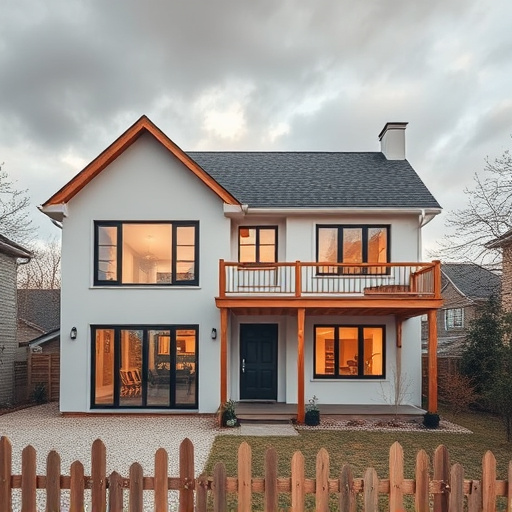
Applying Color theory to flooring design can transform a space from ordinary to extraordinary. By understanding color harmony and contrast, designers can create stylish flooring that complements existing décor and sets the tone for the entire room. Just as in painting or graphic design, colors can evoke specific emotions—warm hues like terra cotta or deep reds can instill a sense of coziness, while cooler tones like blue or green promote calmness and tranquility.
In home remodeling or bathroom renovations, incorporating these principles ensures that flooring not only looks visually appealing but also functions as a versatile canvas for other design elements. For instance, using contrasting colors creates focal points and guides the eye, making a space feel more open and dynamic. Meanwhile, analogous hues offer a more subtle yet harmonious blend, providing a soothing backdrop for furniture and accessories in renovation services.
Color theory is a powerful tool that can transform any flooring design into a stunning and impactful feature. By understanding how colors interact, designers can create spaces that evoke specific moods and enhance overall aesthetics. This article has explored the fundamentals of color theory and its practical application in flooring, offering insights to elevate your next flooring project from good to exceptional. Incorporate these principles to achieve visually appealing and harmonious indoor environments.


